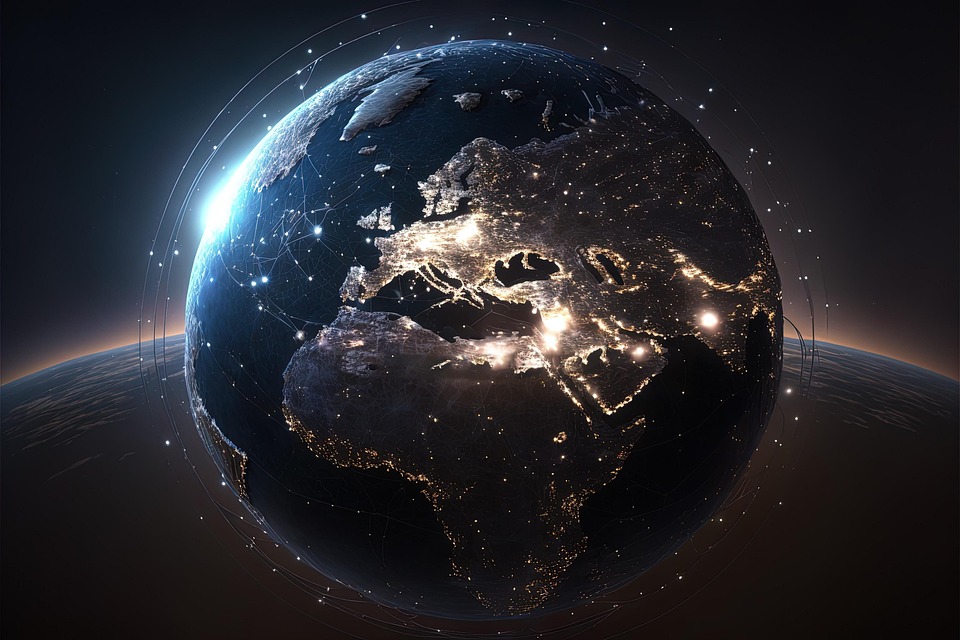In recent years, the art world has seen a seismic shift with the advent of Non-Fungible Tokens (NFTs). This new digital format has not only captured the attention of collectors and artists alike but has also sparked a debate that questions the very foundations of art collecting. As we delve into this evolving landscape, we’ll explore the divergent realms of NFTs and traditional art, examining their implications, benefits, and challenges.
What are NFTs?
Non-Fungible Tokens are unique digital assets that utilize blockchain technology, ensuring provenance and ownership visibility. Unlike cryptocurrencies, which are fungible and can be exchanged for one another, NFTs are distinct and cannot be replicated. These tokens can represent anything from digital art to music, virtual real estate, and even tweets.
The Allure of NFTs
-
Accessibility: NFTs democratize the art market. Artists can showcase their work on global platforms without the need for galleries, making it easier for collectors to discover new talent.
-
Ownership and Provenance: Blockchain technology provides a transparent ledger of ownership. Collectors can trace the history of an NFT, which helps establish authenticity and value.
-
Royalties: Smart contracts allow artists to earn royalties on secondary sales, ensuring they benefit from the ongoing appreciation of their work.
- Engagement: NFTs can offer interactive experiences. For instance, owning an NFT might grant access to exclusive events or behind-the-scenes content, enhancing collector engagement.
Traditional Art: The Timeless Charm
Traditional art, whether it be painting, sculpture, or photography, has stood the test of time. While the digital realm is growing rapidly, traditional art retains its own kind of allure.
The Advantages of Traditional Art
-
Tactile Experience: There is an irreplaceable joy in experiencing art physically. The textures, colors, and presence of a physical artwork can evoke emotions in ways that digital pieces often cannot.
-
Cultural Significance: Traditional artworks often carry historical narratives and cultural weight. They represent movements, eras, and societal shifts, anchoring them in a broader context.
-
Market Stability: While the NFT market can be volatile, traditional art has a well-established history of holding value over time. Many collectors see traditional art as a safer investment.
- Community and Network: The traditional art world is built on relationships, from the artists themselves to galleries and collectors. This community aspect fosters networking and mentorship that can be deeply rewarding.
The Clash of Eras: NFTs vs. Traditional Art
Value Perception
One of the most contentious points in the NFTs vs. traditional art debate is the perception of value. While traditional art has a long-established system of valuation based on history, artist reputation, and rarity, NFTs introduce a new paradigm where digital scarcity combines with market speculation.
Environmental Concerns
The environmental impact of blockchain technology, particularly proof-of-work systems utilized by many NFT platforms, has raised concerns. Critics argue that the carbon footprint associated with minting and trading NFTs may overshadow the benefits they provide. Conversely, traditional art often bears its own environmental considerations, such as the materials used to create and transport artworks.
Audience and Market Dynamics
NFTs attract a younger demographic familiar with technology and digital currency. This shift has prompted traditional galleries to adapt, incorporating digital showcases and even creating their own NFT platforms. The blending of these worlds is creating a hybrid market that challenges old norms.
The Future of Collecting
As we navigate this new era of art collecting, it’s clear that both NFTs and traditional art have unique merits and challenges. The rise of NFTs could signify a transformation in how we perceive ownership, value, and engagement in the art world. Meanwhile, traditional art continues to captivate audiences with its historical and cultural significance.
In conclusion, rather than viewing NFTs and traditional art as adversaries, it may be more productive to approach them as complementary forces shaping the future of collecting. As artists, creators, and collectors increasingly navigate between these two domains, we can anticipate an exciting and dynamic evolution in the art landscape, one that enriches our understanding and appreciation of art in all its forms.


